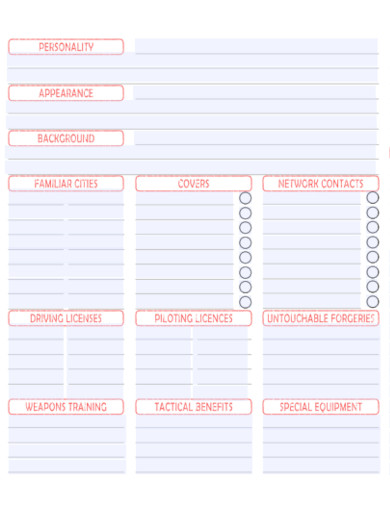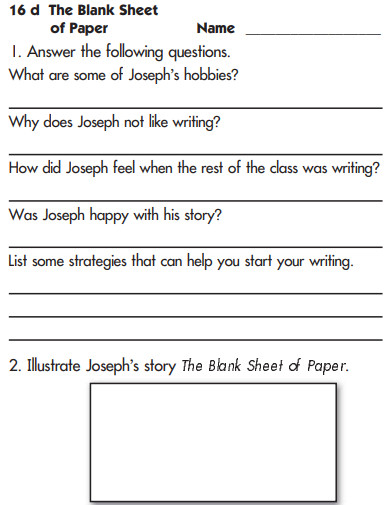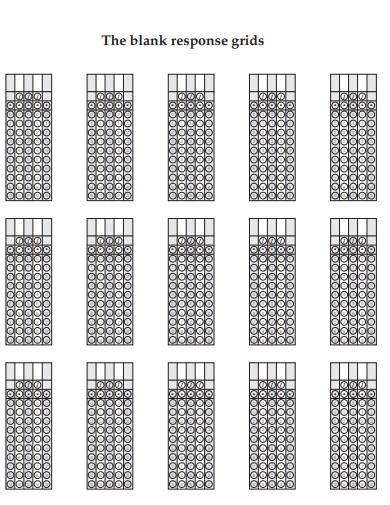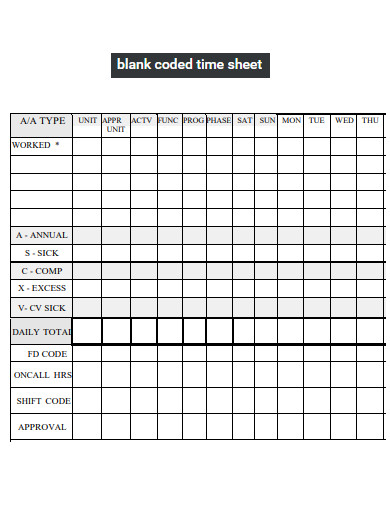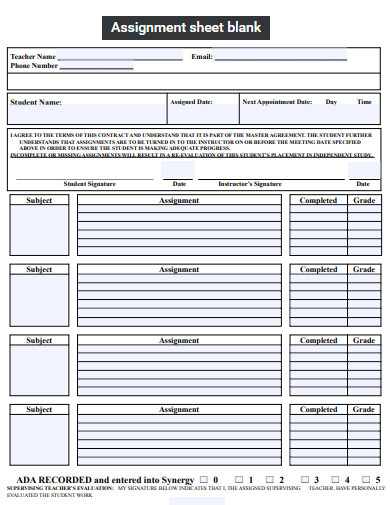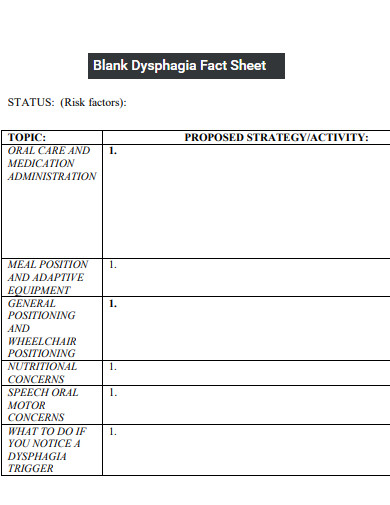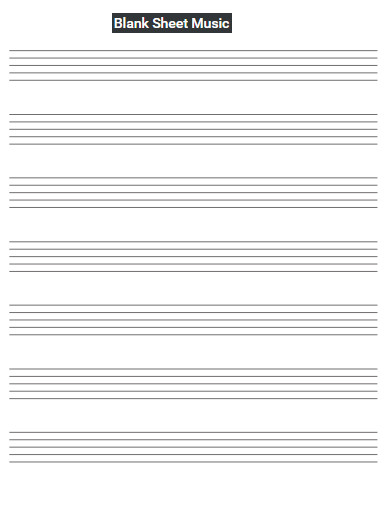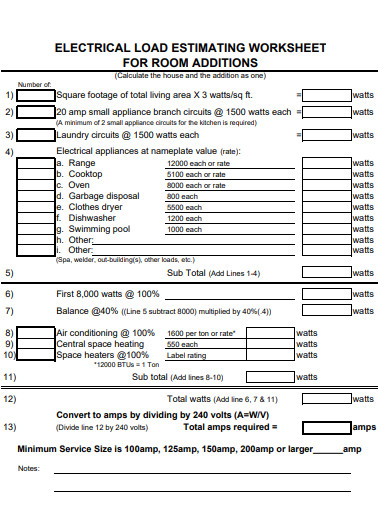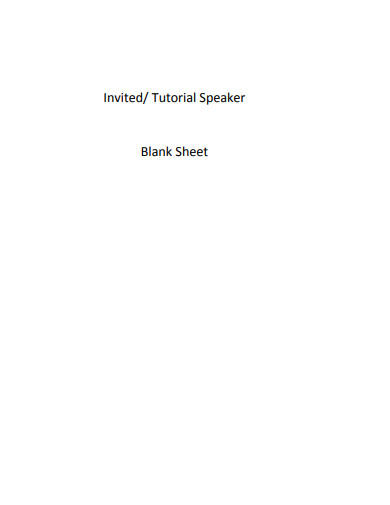Whether you’re working in a small business, studying in any school, or doing any activity or event, a blank sheet always comes in handy. You can use it for an event sign-up, student data, tenant information, or an order sheet. This type of document is valuable in taking down all the information that you might need in any circumstances. Hence, you can trust a blank sheet in monitoring various data, and it’s less hassle to use since you can customize the content.
10+ Blank Sheet Samples
1. Blank Sheet
2. Exercise Blank Sheet
3. Blank Sheet of Paper
4. Blank Grid Sheet
5. Blank Coded Time Sheet
6. Blank Chord Sheet
7. Blank Assignment Sheet
8. Blank Dysphagia Fact Sheet
9. Blank Sheet Music
10. Electrical Sizing Blank Sheet
11. Tutorial Speaker Blank Sheet
What Is a Blank Sheet?
A blank sheet is a paper or document that does not have anything written on it. Sometimes a blank sheet template contains other formats but remains empty for the particular components. Depending on your purpose, you can have one page, two pages, and more with your blank sheet. Besides, it has many goals that help the business, such as employee attendance, salary sheet, customer info, evaluation sheet, and other data collection. They are easy to use and can be manipulated in any file format that suits you well.
How To Make a Blank Sheet?
Creating a blank sheet can be fun and easy. You can start from scratch by putting all the intended details you may use. However, when constructing your own sheet, you still need to consider other components to make it more efficient and comprehensive. You have nothing to worry about because we’ve provided the basic steps for you to get a gist of the sheet’s content. So, continue reading to learn more valuable ideas and tips.
1. Draft Your Sheet
First and foremost, you need to consider what type of sheet you plan to make and use. Then, try to think and draft all the details you need for your purpose. Drafting your sheet before finalizing it can help you save time and effort. You’ll avoid overlooking any single detail that may hinder the efficiency of your sheet.
2. Categorized Your Component
This step will train you on how to categorize the components you are using in your sheet. For instance, you’re planning to make an employee attendance sheet. In this case, you may categorize your content with the employee’s name, date, morning time in, morning time out, afternoon time in, afternoon time off, and many more.
3. Proofread Your Sheet
In some cases, if you include some instructions with your sheet, make sure to go over them and check. It’s essential to proofread any misspelled and grammatical errors in your sheet. To avoid any confusion and misunderstandings with regards to the intended instructions.
4. Use Legible Fonts
Since you’re creating a sheet, use readable fonts to make it more comprehensive. Avoid using any comical fonts that may ruin the purpose of your sheet.
5. Choose Appropriate Template
To make your work easier and more efficient, you can select and download available sheet templates online. Yes, that’s right! You can always tap a template whenever you need a blank sheet.
What are the different types of a sheet?
There are various types of sheets, and they vary depending on the purpose. You can choose one for business, education, health, and other industries.
How can I make a blank sheet?
You can make a blank sheet by creating it from scratch or avail of any template online.
Why is a blank sheet important?
It is essential because it is used to make the task easier. Besides, it saves time and effort for anyone who wants to use them and, at the same time, is cost-efficient for any industry’s needs.
Related Posts
FREE 20+ Training Sheet Samples in PDF | MS Word
FREE 20+ Employee Sheet Samples in PDF | MS Word
FREE 10+ Employee Attendance Sheet Samples in PDF
FREE 12+ Balance Sheet Formats in MS Word | PDF | Excel
FREE 5+ Construction Bid Sheet Samples in PDF | MS Word | Excel
FREE 15+ Construction Timesheet Samples in PDF | MS Word
FREE 26+ Construction Sheet Samples in MS Word | Google Docs | Excel
FREE 20+ Continuation Sheet Samples in PDF | MS Word
FREE 25+ Program Sheet Samples in MS Word | Google Docs | Pages | PDF
FREE 33+ Student Sheet Samples in PDF | MS Word
FREE 32+ Planning Sheet Samples in PDF | MS Word
FREE 10+ OC Sheet Samples in PDF
FREE 10+ Beat Sheet Samples in PDF
FREE 3+ Paper Sign Up Sheet Samples in PDF
FREE 50+ Summary Sheet Samples in MS Word | Google Docs | Google Sheets | Excel | PDF

